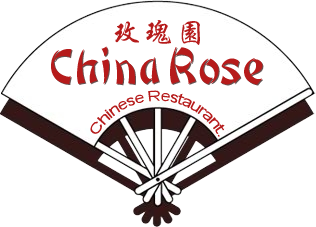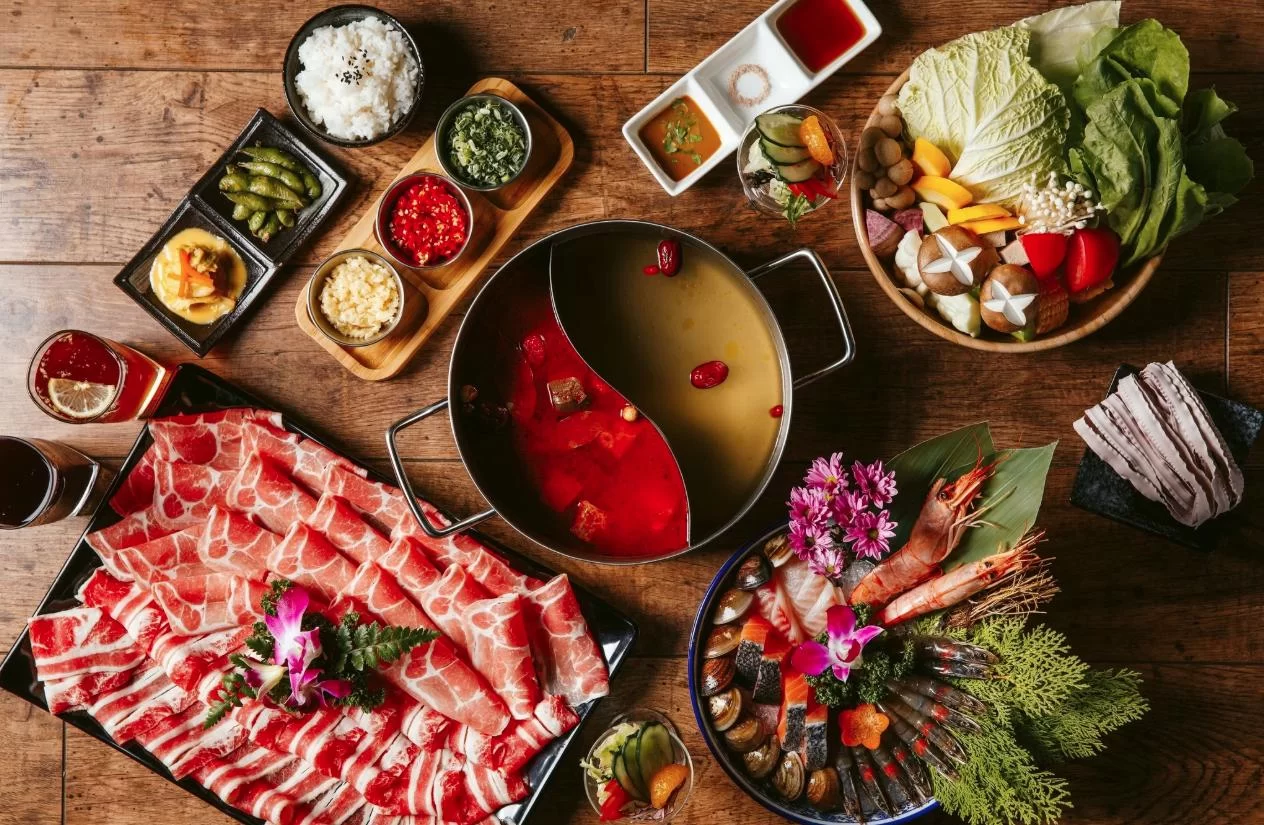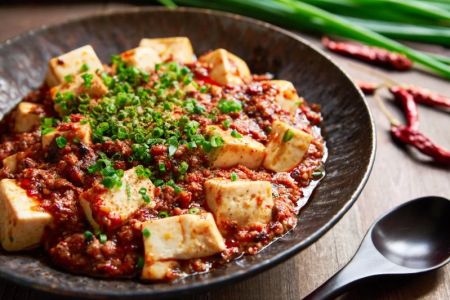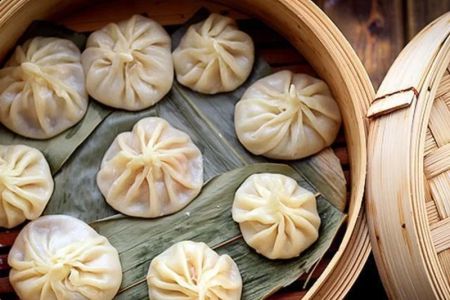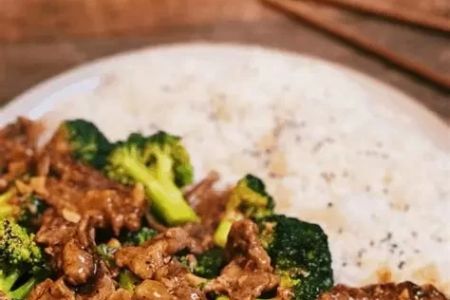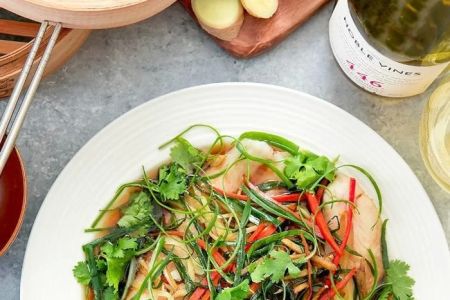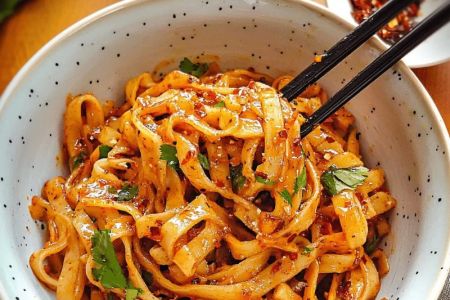- Xinjiang-Cuisine-Origins
- Lamb-Skewers-Flavor-and-Tradition
- Art-of-Hand-Pulled-Noodles
- Street-Food-Culture-of-Xinjiang
- Modern-Adaptations-of-Traditional-Dishes
- Stories-Behind-Famous-Xinjiang-Dishes
- Where-to-Experience-Xinjiang-Flavors
Xinjiang Cuisine Origins
Xinjiang cuisine is a reflection of the region’s rich cultural diversity, where Uyghur, Kazakh, and other ethnic traditions blend seamlessly. Known for bold flavors and hearty dishes, Xinjiang food carries influences from Central Asia, the Middle East, and China’s own culinary traditions. The combination of spices, grilled meats, and hand-made noodles tells a story of history, migration, and cultural exchange. For anyone curious about exploring authentic Chinese food, Xinjiang cuisine is a feast for both the palate and the imagination.
Lamb Skewers: Flavor and Tradition
No exploration of Xinjiang cuisine is complete without mentioning lamb skewers, locally known as “yang rou chuan.” These skewers are marinated with cumin, chili, salt, and pepper before being grilled over open flames. The smoky aroma and spicy kick capture the essence of Xinjiang street food. Lamb skewers are more than just a meal—they are a communal experience. Friends and families gather at night markets, sharing plates of skewers while enjoying music and conversation. At Chinese Food, you can find seasonings and recipes that help recreate this authentic flavor at home.
The Art of Hand-Pulled Noodles
Hand-pulled noodles, or “la mian,” are another hallmark of Xinjiang cuisine. Watching a chef stretch, twist, and pull dough into thin strands is a performance in itself. These noodles are often served in rich broths or stir-fried with vegetables and beef. Their chewy texture and ability to absorb flavors make them irresistible. Many travelers to Xinjiang describe the first bite of freshly pulled noodles as a culinary revelation, reminding them that food is as much about artistry as taste.
Street Food Culture of Xinjiang
Xinjiang’s food culture thrives in bustling night markets, where lamb skewers, flatbreads, dumplings, and sweets like walnut cakes are sold side by side. These markets are not only places to eat but also spaces where culture and community thrive. One famous example is the International Grand Bazaar in Urumqi, where tourists and locals alike gather to savor regional specialties. The lively atmosphere makes every visit a sensory journey, from the sizzling grills to the colorful spices displayed at every stall.
Modern Adaptations of Traditional Dishes
While Xinjiang cuisine has deep roots in tradition, chefs today are reimagining classic dishes. Lamb skewers are being paired with modern dips, while hand-pulled noodles are making their way into fusion menus in major cities like Beijing and New York. Social media has amplified this trend, with food bloggers showcasing creative spins on Xinjiang favorites. These adaptations are not replacements but celebrations, keeping the cuisine alive and relevant in a fast-changing world.
Stories Behind Famous Xinjiang Dishes
Every dish in Xinjiang carries a story. For example, “Da Pan Ji” (Big Plate Chicken) is said to have originated as a hearty roadside meal for truck drivers traveling across the region. Similarly, lamb skewers are linked to centuries-old nomadic traditions of grilling meat over open fires. Sharing these dishes means sharing the history and lifestyle of the people who created them. For food lovers, learning these stories adds depth to every bite, turning a meal into a cultural journey.
Where to Experience Xinjiang Flavors
If you’re eager to explore Xinjiang cuisine, you don’t have to travel thousands of miles. Many cities in the U.S. now feature Uyghur restaurants offering lamb skewers, hand-pulled noodles, and more. Cooking at home is another option—using spice blends and recipes inspired by Xinjiang flavors can bring the experience to your kitchen. At Chinese Food, you can discover authentic ingredients and guides to help you recreate these unforgettable tastes. Whether dining out or cooking at home, Xinjiang cuisine promises a culinary adventure worth savoring.
